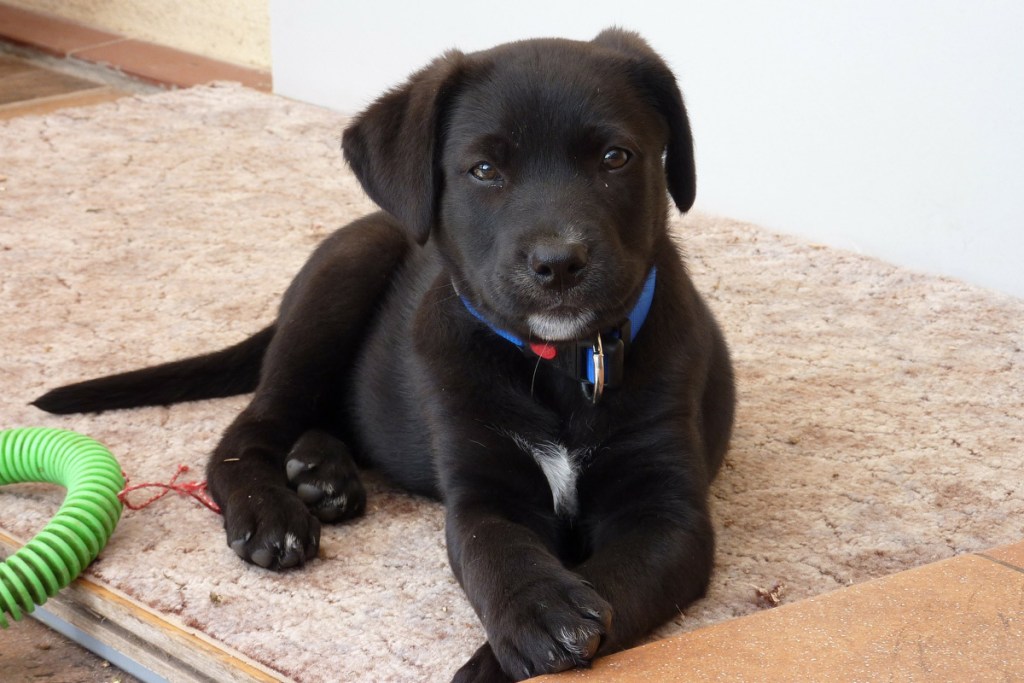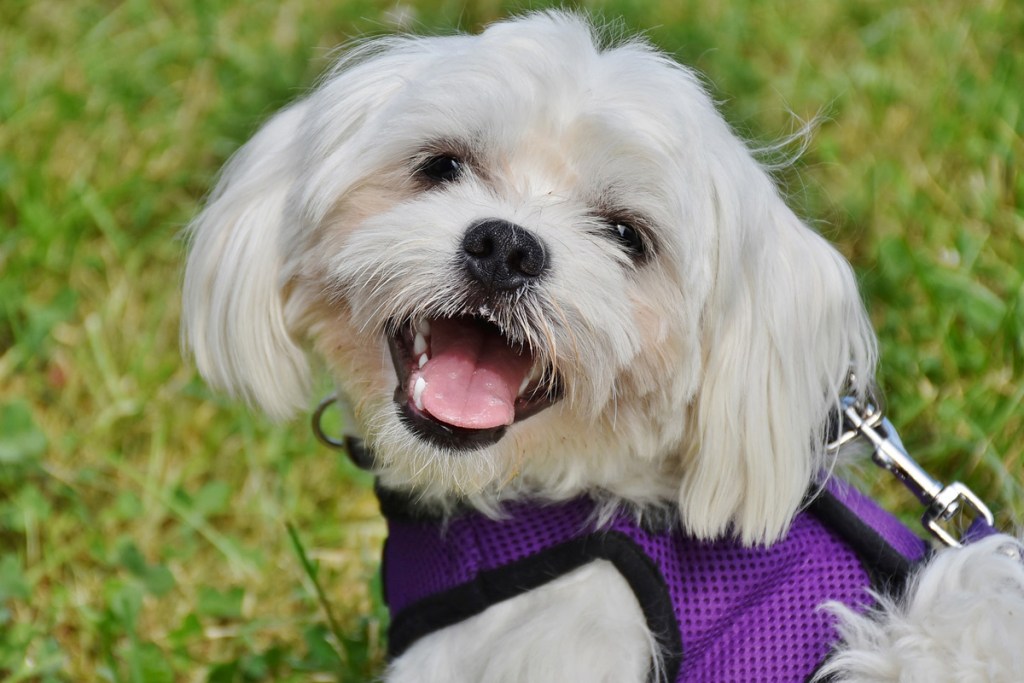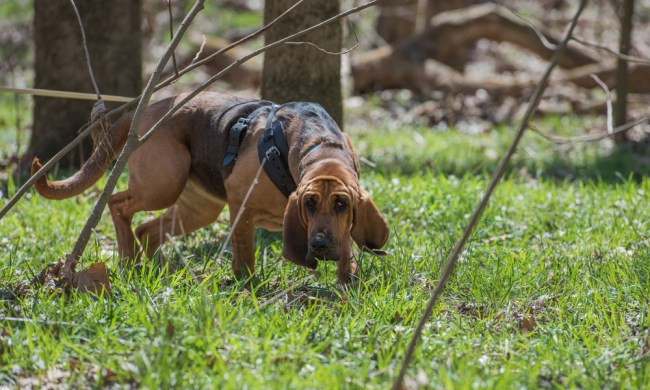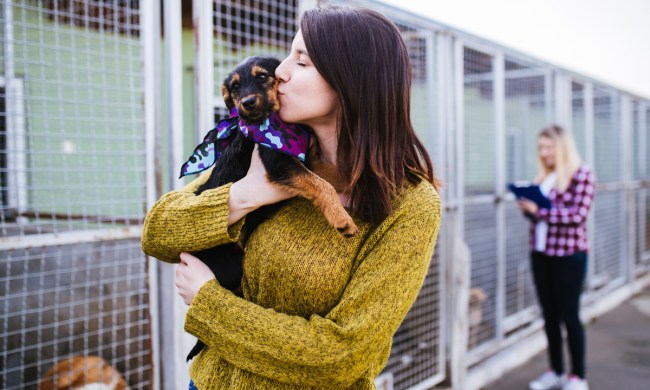Potty training dogs is the first big hurdle for new puppy parents, who often want to know how long the process will take. Training experts say there’s no easy answer to that question. It can take anywhere from several weeks to several months, depending on the individual dog, the training method, and the commitment on the part of family members. Smaller dogs typically take longer to train than larger breeds. There are many reasons for this, including that smaller dogs have smaller bladders and higher metabolisms, meaning they require more trips to the wee-wee pad or the yard. Owners need to be even more diligent in supervising small dogs to avoid accidents that can prolong housebreaking. Here are some dogs that are easy to potty-train.
Large breeds
Labrador retrievers
There’s a reason that Labradors have topped the American Kennel Club’s list of the most popular dogs in the U.S. for the past 30 years. Originally bred as bird dogs, Labs are friendly, active, and outgoing. They make terrific companions and enjoy being included in all family activities. These dogs are people-pleasers and quick learners, making housebreaking easy as long as owners are consistent with the training, say American Kennel Club (AKC) experts.

Bernese mountain dogs
Sweet and affectionate, Bernese mountain dogs were bred in Switzerland to move cattle, guard the farmyard against predators, and serve as companions to family members at the end of a hard day’s work. They are playful and get along great with children and other dogs, making them a wonderful choice for families. Because they are intelligent and eager to please, this breed is typically easy to train. They are sensitive dogs whose “feelings are easily hurt,” according to AKC experts. They don’t respond well to harsh corrections, so the focus should be on rewarding and praising for good behavior.
Medium breeds
Collies
According to the Collie Club of America (CCA), this breed hails from Scotland, where they were bred as herding dogs. Their popularity grew during the 1860s when Queen Victoria visited the Scottish Highlands and fell in love with the breed. Collies are intelligent, friendly, loving, and playful. They are also easy to train and naturally clean, which makes them one of the easiest breeds to housebreak, say CCA experts.
Shiba inus
This ancient Japanese breed was originally bred as a hunting dog and today is the most popular companion dog in Japan. According to the AKC, this breed first came to the U.S. in the 1950s and is gaining in popularity. They are high-spirited, alert, independent, and confident dogs described by breed experts as more like cats than canines. They can be challenging to train, but this doesn’t extend to housebreaking. According to the AKC, shiba inus are “practically born housebroken,” with a 4-week-old puppy trying to get as far away from his sleeping area as possible to do his business. At 5 weeks old, a shiba inu puppy can make it through the night without needing to eliminate.
Small breeds
Malteses
Gentle, playful, and charming, this toy breed is also intelligent and outgoing, making them a popular choice for pet parents looking for a small dog. According to the American Maltese Association (AMA), these dogs are happy to play, walk, or curl up on a warm lap for a snooze. They live to please, which makes potty training easier. Crating between pee breaks or when the dog is unsupervised helps avoid accidents around the house, according to AMA experts.

Havaneses
According to the Havanese Club of America, the Havanese is the national dog of Cuba and the country’s only native breed. These cute dogs are outgoing, funny, and affectionate and get along well with children and other pets, making them popular family companions. Experts at the AKC describe the Havanese as highly intelligent people pleasers who are easily trained with positive motivation.
Patience is key when it comes to succeeding at potty-training a puppy. Pet parents need to understand that accidents are part of the process, and getting angry at a puppy when it happens scares and confuses the dog and slows down the process. Faithfully follow basic house-training guidelines, and your dog will eventually get it right, and you can relax knowing your best friend will alert you when he needs to go outside.



